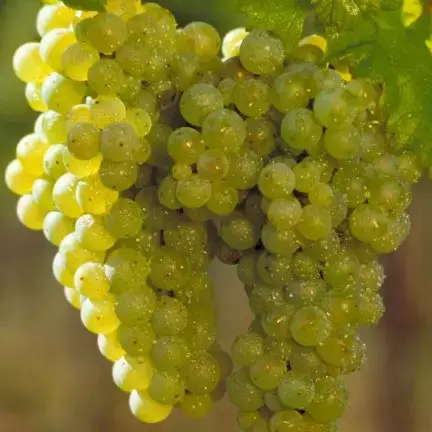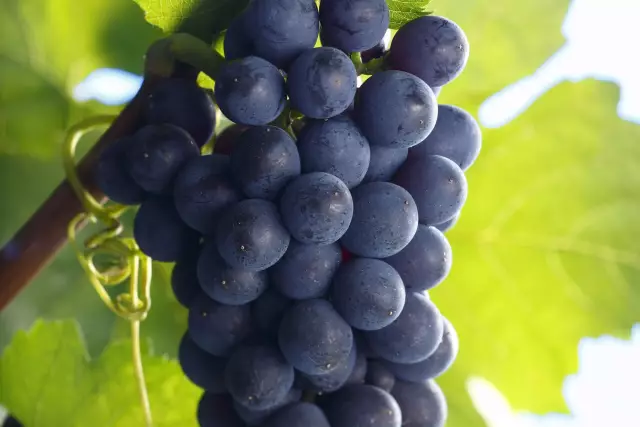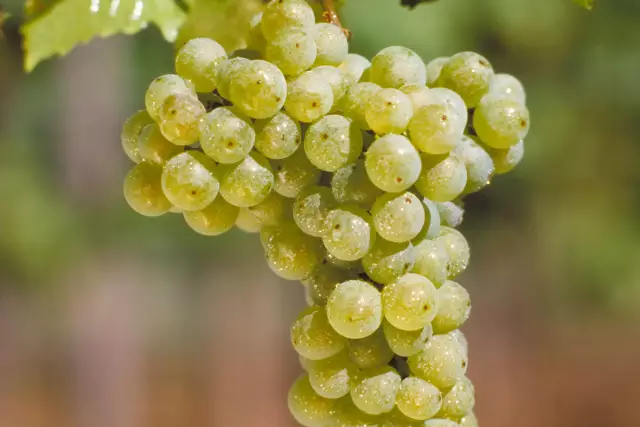Huxelrebe

The Huxelrebe is a cross between Weißer Gutedel x Courtiller Musqué. The variety was named after Fritz Huxel, who was a strong advocate of this grape variety in the 1950s.
Facts
-
322 ha
Vineyard area planted in 2023
Cultivation and significance
The Huxelrebe is a cross between Chasselas x Courtiller Musqué. The variety was named after Fritz Huxel, who was a strong advocate of this grape variety in the 1950s.
Today, only 322 hectares of Huxel vines are cultivated across Germany, 224 hectares of which are in Rheinhessen and 86 hectares in the Palatinate.
Vinification and flavour
The wines of the Huxel grape, which can produce high yields and must weights, are pale yellow in colour and have the typical spicy aromas of exotic fruits such as passion fruit and mango. The fresh and mild acidity of the grape variety harmonises perfectly with these fruity notes.
The wines of the Huxel grape are often served with sweet desserts and are a delicious accompaniment to spicy poultry and fish dishes.
At a glance
- Bred by Georg Scheu in 1927
- Cross between Weißer Gutedel (Chasselas) x Courtiller Musqué
- relatively disease and mould resistant
- early maturing variety
- Aroma: reminiscent of exotic fruits
Why do people speak of the Janus head in connection with the Huxel vine ?
Like the Roman god Janus, the Huxel vine has two faces, because on the one hand it can produce large yields, but on the other hand it can also produce top qualities.




